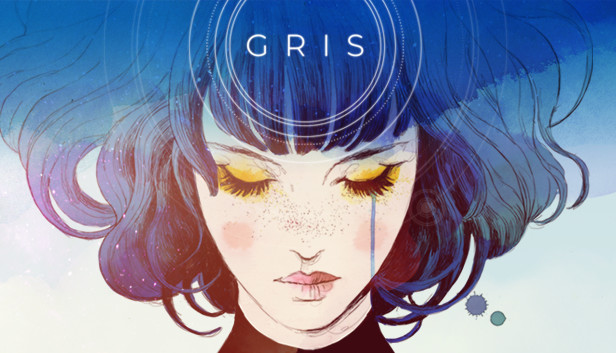
Review of Mobile Game GRIS
GRIS is a captivating mobile game developed by Nomada Studio that blends artistry, storytelling, and gameplay. Originally launched for consoles and PC, this mobile adaptation retains all the key elements that made the game a success. In this review, we’ll dive into the visual design, sound, mechanics, and storyline, as well as explore the game’s appeal on mobile platforms.
Graphics and Visual Style of the Game
One of the standout features of GRIS is its breathtaking visual design. The game is a masterpiece of 2D art, with hand-drawn illustrations that create a fluid and dreamlike atmosphere. The watercolor palette evolves throughout the game, changing as the protagonist, Gris, moves through different emotional stages. On mobile, the visuals translate beautifully, maintaining their clarity and appeal even on smaller screens. The attention to detail in every scene enhances the immersive experience, making players feel as though they are part of an unfolding painting.
Musical Accompaniment and Sound Effects
GRIS excels not only in its visual artistry but also in its musical composition. The score, composed by Berlinist, complements the emotional tone of the game perfectly. The music is both melancholic and uplifting, reflecting the protagonist’s journey through grief and healing. Combined with delicate sound effects, the soundtrack deepens the emotional impact of the game. On mobile devices, headphones are highly recommended to fully appreciate the rich, immersive audio experience that GRIS provides.
Mechanics and Controls in the Mobile Version of GRIS
The mobile adaptation of GRIS offers intuitive controls, which are essential for maintaining the game’s fluidity. The touch controls are responsive and do not detract from the gameplay experience. Players can move Gris through the environment, jump, and interact with elements smoothly, without the need for complex button combinations. However, the precision required for certain platforming sections may feel slightly challenging on smaller screens, although it doesn’t hinder the overall experience.

Plot and Symbolism in the Game
GRIS is not just a game but a symbolic journey through the emotions of grief, depicted through its visual and gameplay elements. The protagonist, Gris, travels through various stages, each representing a different aspect of emotional recovery. As the player progresses, new abilities are unlocked, symbolizing Gris’s growth and healing. The narrative is largely conveyed through visuals and music, without the need for dialogue, leaving much to interpretation. This ambiguity makes GRIS a deeply personal experience, allowing players to project their own emotions onto the story.
Advantages and Disadvantages of GRIS on Mobile Devices
- Advantages:
- Stunning visual design that translates well to mobile screens.
- Emotionally resonant soundtrack that enhances the game’s impact.
- Simple, intuitive controls adapted for touchscreens.
- Engaging story that is open to personal interpretation.
- Disadvantages:
- Some platforming sections can be challenging on smaller screens.
- The slow pace might not appeal to players seeking action-packed gameplay.
- Lack of dialogue or explicit narrative might be confusing for some players.
Who Should Try GRIS?
GRIS is an ideal game for players who appreciate artistic, emotionally-driven experiences. It’s perfect for those looking for a visually stunning and thought-provoking journey rather than traditional action-oriented gameplay. If you enjoy games that combine art, music, and storytelling to convey deeper meanings, GRIS is a must-play on mobile devices.
